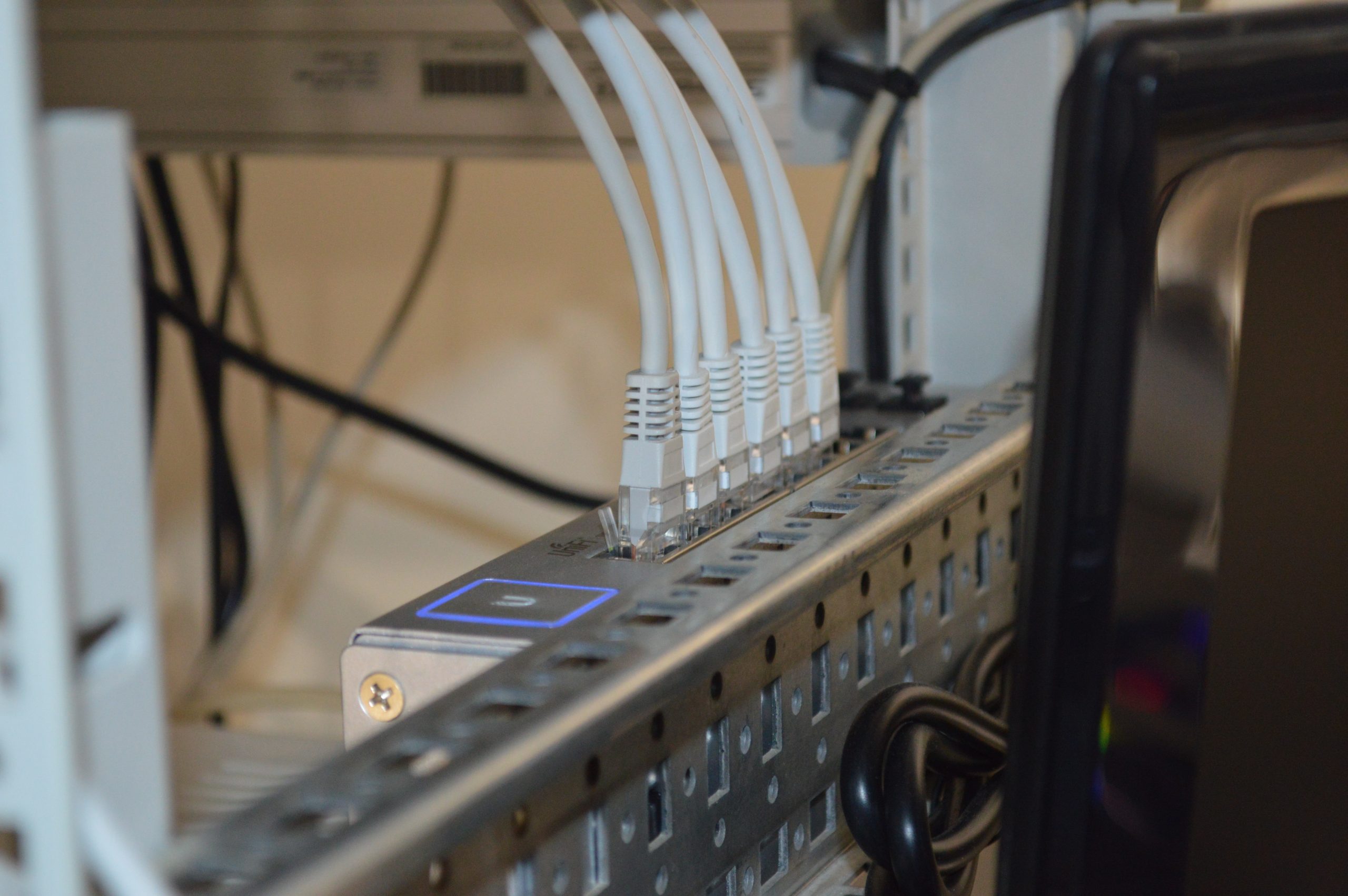Introduction
In a world where access to quality education is not always equal, online learning has become a powerful tool for bridging the gap for underserved students in the United States. With the advent of technology and innovation in education, it’s now possible for students from all backgrounds to access high-quality education regardless of their location or socioeconomic status. In this blog post, we’ll explore how online learning is changing lives and offering opportunities that were once out of reach for many young people in America. So buckle up and get ready to discover how e-learning is revolutionizing education!
Overview of Online Learning
Online learning has experienced a surge in popularity over the years, especially due to the COVID-19 pandemic. It is essentially an educational system where students can access course materials and lectures via the internet. This method of learning has been used to bridge the gap for underserved students who may not have access to traditional brick-and-mortar institutions.
Online learning offers a range of courses from undergraduate degrees, graduate programs, and professional certifications that are designed to meet diverse student needs. These courses are delivered through various online platforms such as Blackboard, Canvas, among others.
One key benefit of online education is its flexibility; this allows learners to complete their coursework on their own schedule while balancing other commitments like work or family responsibilities. Additionally, it provides students with opportunities for self-paced study and personalized instruction.
However, there are also challenges associated with online education such as lack of face-to-face interactions between instructors and students which may lead to less engagement or motivation from learners. Also, navigating technology can be difficult for some individuals leading to frustration or confusion that affects overall academic performance.
Despite these challenges though, online learning continues to provide more affordable and accessible educational options for underserved populations in America today.
Benefits of Online Learning
Online learning has been gaining popularity over the years, and for good reason. One of the most significant benefits is flexibility in terms of scheduling. Unlike traditional classroom settings, students can attend classes from anywhere at any time which allows for more individualized learning experiences.
Another benefit is that online courses often offer a wider range of subjects to choose from than what may be available locally. This gives underserved students access to education that they would not have had otherwise.
Online learning also provides opportunities for collaboration with peers worldwide, helping students develop global competencies and cultural awareness. Moreover, online learning platforms often provide interactive tools such as videos, quizzes and forums to make the learning process engaging and enjoyable.
Online courses are generally more affordable compared to traditional college tuition fees while still providing high-quality education. This makes it possible for underserved populations who cannot afford traditional higher education costs to acquire new skills or earn degrees without breaking their bank accounts.
In summary, online learning offers numerous advantages including flexibility, accessibility to diverse course options beyond geographic limitations , opportunities for global collaboration among peers , interactive tools and affordability .
Challenges of Online Learning
Despite the many benefits that online learning offers, it also presents several challenges to both students and teachers. One of the most significant challenges is maintaining student engagement. It’s easy for students to get distracted when they’re not physically in a classroom setting, leading to decreased motivation and participation.
Another challenge is providing support for all learners. Online learning requires a certain level of self-discipline and time management skills that not all students possess. Teachers must be able to provide adequate support for struggling learners while still catering to the needs of more advanced ones.
Technical issues can also pose a problem in online learning environments. Poor internet connectivity, outdated technology, or incompatible software can hinder students’ ability to access course materials or participate in live sessions.
Moreover, some subjects may be difficult or even impossible to teach effectively through an online platform. Courses that require hands-on activities such as labs or art classes may need an alternative approach or additional resources.
There are concerns about accessibility and equity in remote learning environments. Students from low-income families may not have access to high-speed internet or personal computers at home, putting them at a disadvantage compared with their peers who do have these resources available.
Addressing these challenges requires careful planning and implementation by educators and institutions alike if we want online learning platforms truly capable of bridging gaps between underserved communities across America.
Conclusion
Online learning has proven to be a valuable tool for bridging the gap for underserved students in the U.
S. It provides access to education and opportunities that may not have been available otherwise. The benefits of online learning are numerous, from flexibility in scheduling to personalized instruction and resources. However, there are also challenges that need addressing such as lack of access to technology or reliable internet connection.
It is important for educators and policymakers alike to continue exploring ways to expand online learning programs while ensuring equity and accessibility for all students regardless of their socioeconomic status. By doing so, we can create a more inclusive educational landscape where every student has the opportunity to thrive and reach their full potential.
Online learning can truly be transformative when leveraged effectively, reaching new heights beyond traditional classroom settings by offering endless possibilities without being limited by physical boundaries. As we navigate through this pandemic era where more schools have resorted to distance schooling due to safety concerns posed by COVID-19; it’s becoming increasingly evident that online education could become an integral component of future schooling systems long after the virus becomes history!









